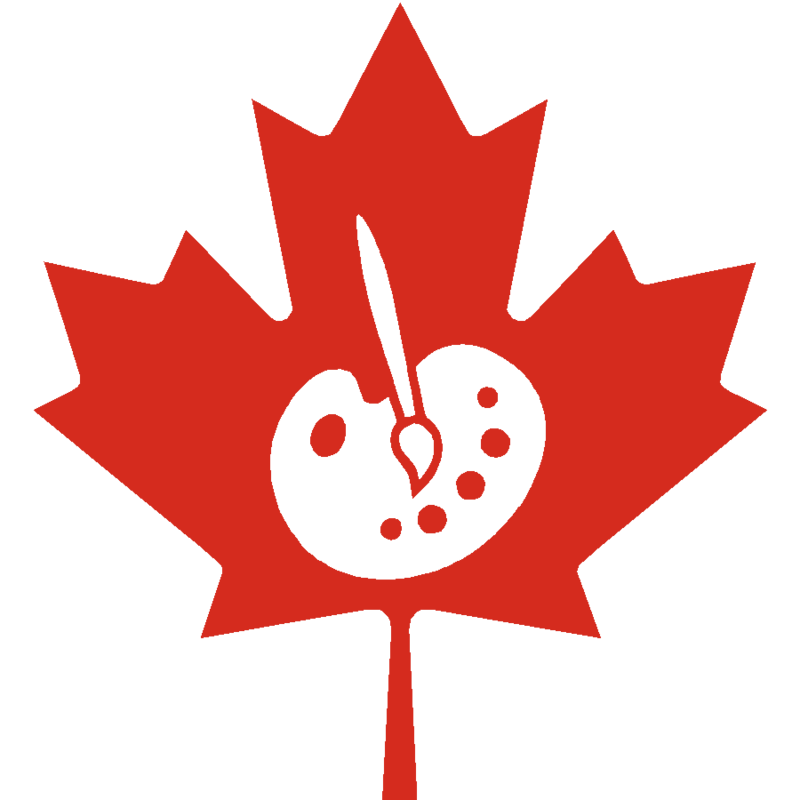Canada Faces Fresh Challenges as Trump Prepares for Second Term
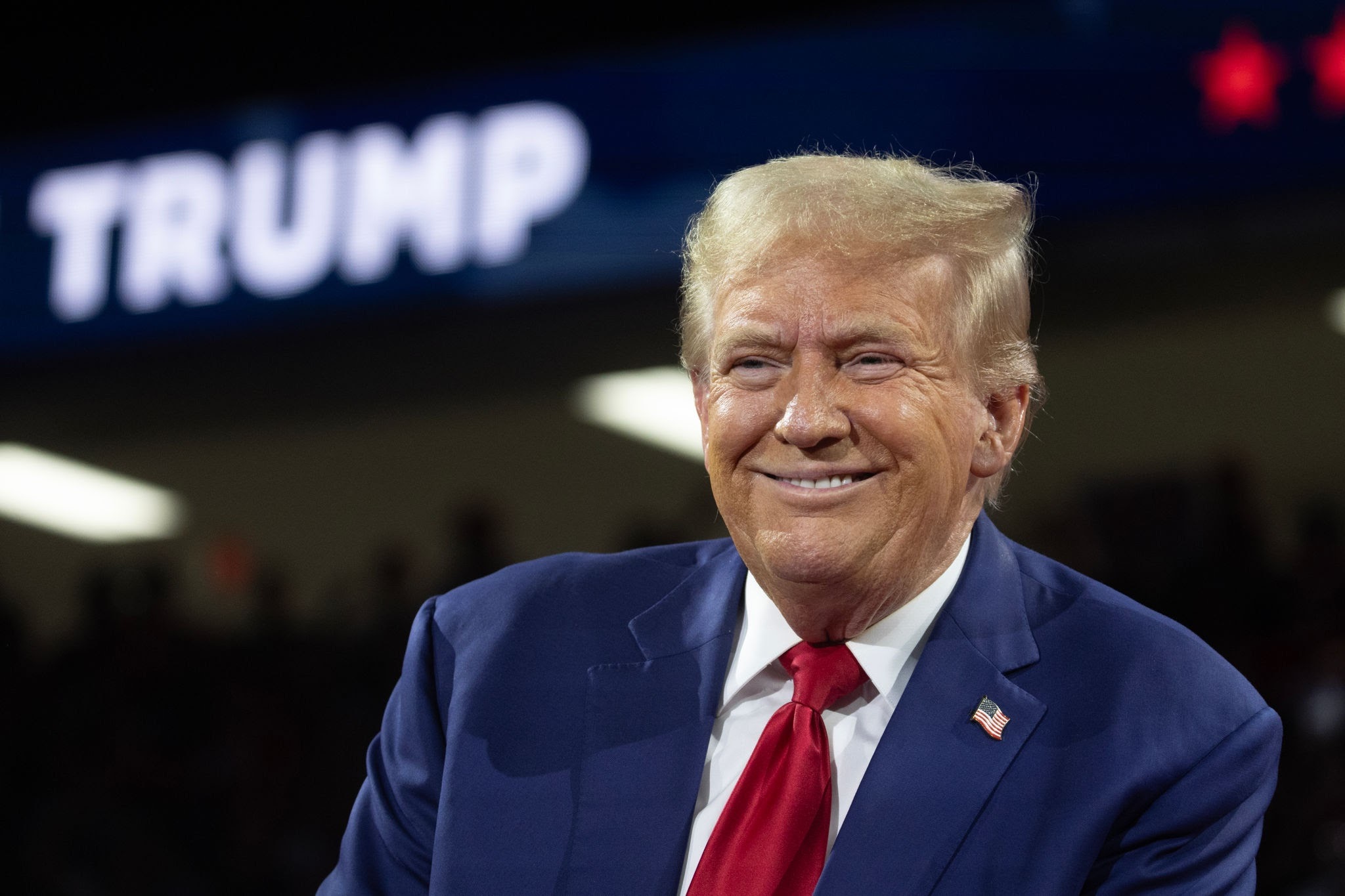
The impending return of Donald Trump to the U.S. presidency is generating significant concern across Canada. While the dynamic between the U.S. and Canada may seem familiar, the landscape has evolved dramatically since Trump’s first term, creating new challenges that Canadian leaders are now preparing to face.
Economic Impact
One of the primary areas of concern is the economy. Trump’s promise to impose across-the-board tariffs of at least 10% has raised alarms within Canada. Experts warn that such protectionist policies could damage both economies, with the Canadian Chamber of Commerce suggesting the move could exacerbate the financial strain if both countries retaliate with additional tariffs. Provinces like Ontario, Quebec, and Alberta, which rely heavily on U.S. trade, would likely feel the brunt of these disruptions.
Ian Lee, an economist at Carleton University, expressed concern that such tariffs could lead to a weaker Canadian dollar, driving up the cost of imported goods and potentially worsening inflation. While some in the U.S. business community, like John Dickerman of the Business Council of Canada, see potential opportunities for collaboration in trade and energy sectors, it remains unclear how Trump’s policies will unfold. Dickerman advises waiting for the final decisions of the new administration before making definitive conclusions about the economic outlook.
Trade Relations
Trade between Canada and the U.S. has always been a cornerstone of both economies, but with Trump’s return to power, Canadian industries are bracing for the possible reopening of trade agreements like the revamped NAFTA. Trump has already indicated that he might use the 2026 review clause to push for renegotiations, which could put sectors with closely integrated supply chains, like automotive manufacturing, on edge.
If Trump implements the promised tariffs, Canadian productivity and incomes could drop significantly. The Canadian government will need to rely on strategic negotiations to protect its interests, especially as both the private and public sectors must navigate an increasingly complex trade environment.
Political Dynamics
Canada’s political strategy in anticipation of a second Trump term is rooted in caution and preparedness. The government’s “Team Canada” approach, led by key figures like Ambassador Kirsten Hillman and Foreign Minister Melanie Joly, aims to safeguard Canadian interests. However, the relationship between Prime Minister Justin Trudeau and Trump has been marked by tension in the past, particularly after the G7 summit in 2018, where Trump criticized Trudeau harshly.
Despite these past frictions, Canadian politicians, including Deputy Prime Minister Chrystia Freeland, express confidence in the resilience of Canada-U.S. relations. Freeland reassured the public that Canada will navigate any challenges that arise, citing the strong, enduring nature of bilateral ties.
Border and Immigration
Trump’s immigration policies have been a point of contention, and his promise to enact mass deportations of illegal immigrants could have significant implications for Canada. Former U.S. Ambassador to Canada, Kelly Craft, suggested that Canada may see a rise in asylum seekers from the U.S. if deportations increase, placing pressure on Canada’s immigration system. Canadian officials, including Immigration Minister Marc Miller, have assured the public that Canada will continue to maintain a disciplined and controlled immigration system.
Defense
Trump’s repeated criticisms of NATO members for not meeting defense spending targets could also affect Canada. The U.S. has long pushed Canada to increase its defense budget to meet the NATO requirement of spending 2% of GDP on defense, a target Canada doesn’t plan to reach until 2032. With Trump’s renewed focus on this issue, Canada may face additional pressure to speed up its defense commitments.

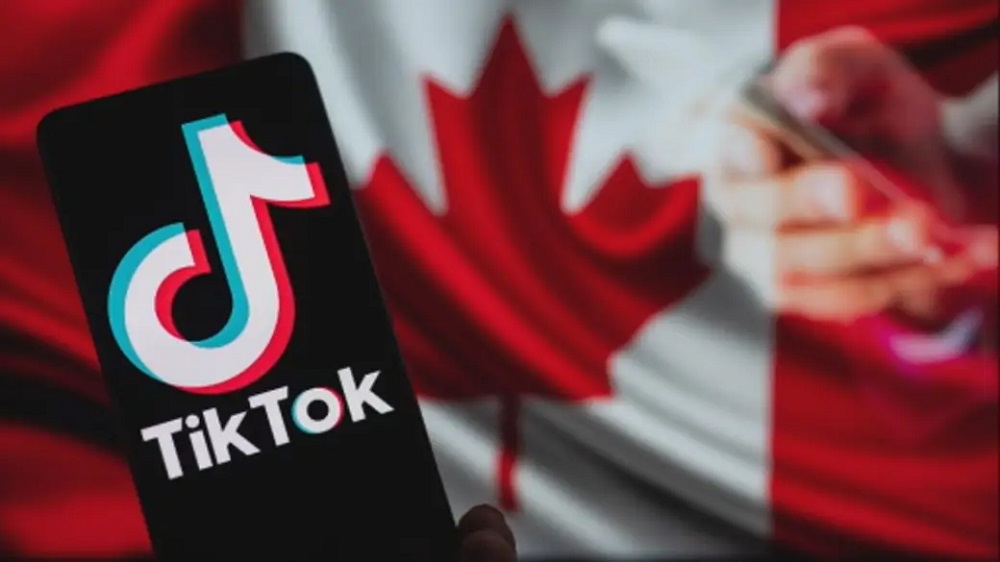
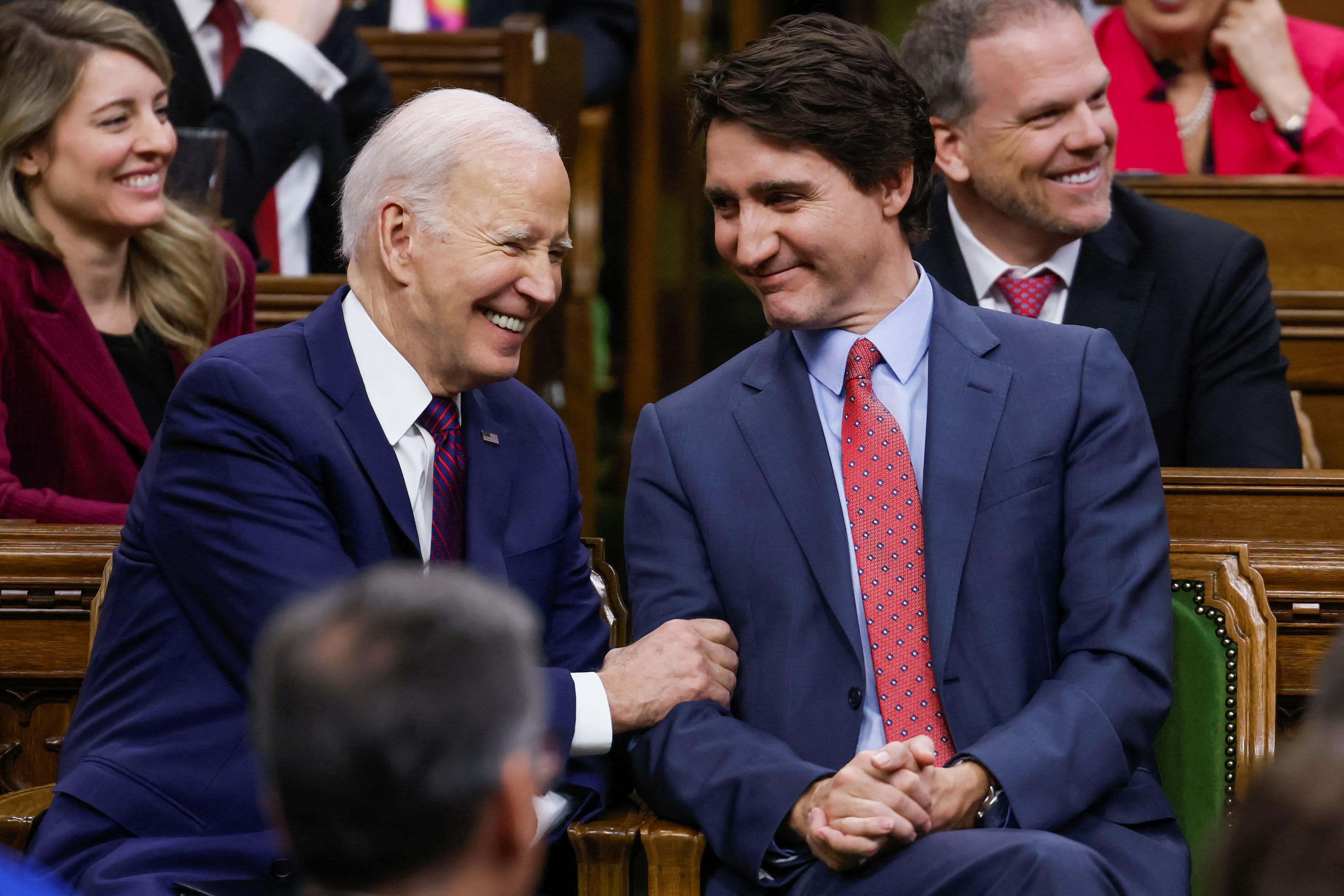
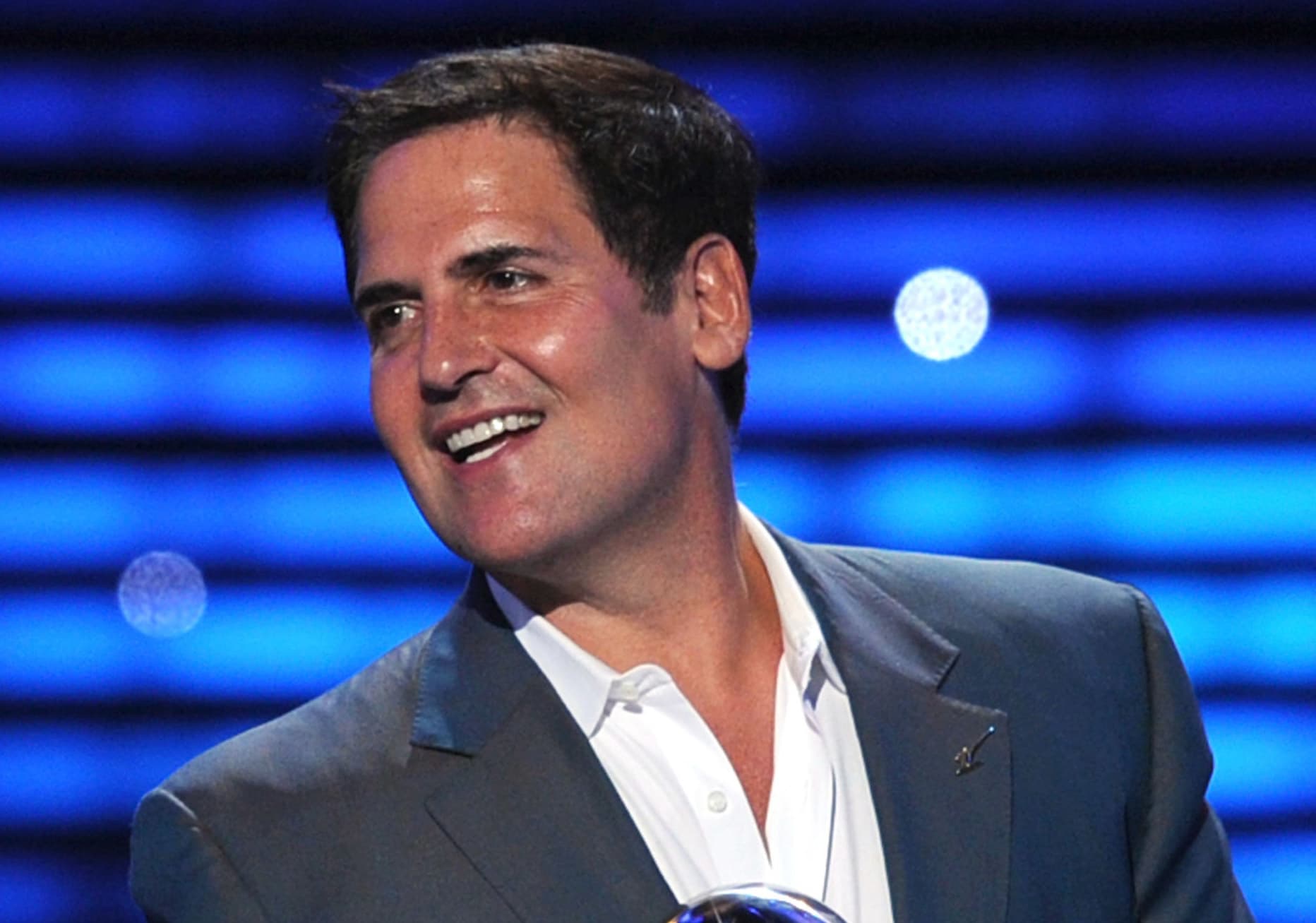
.jpg)
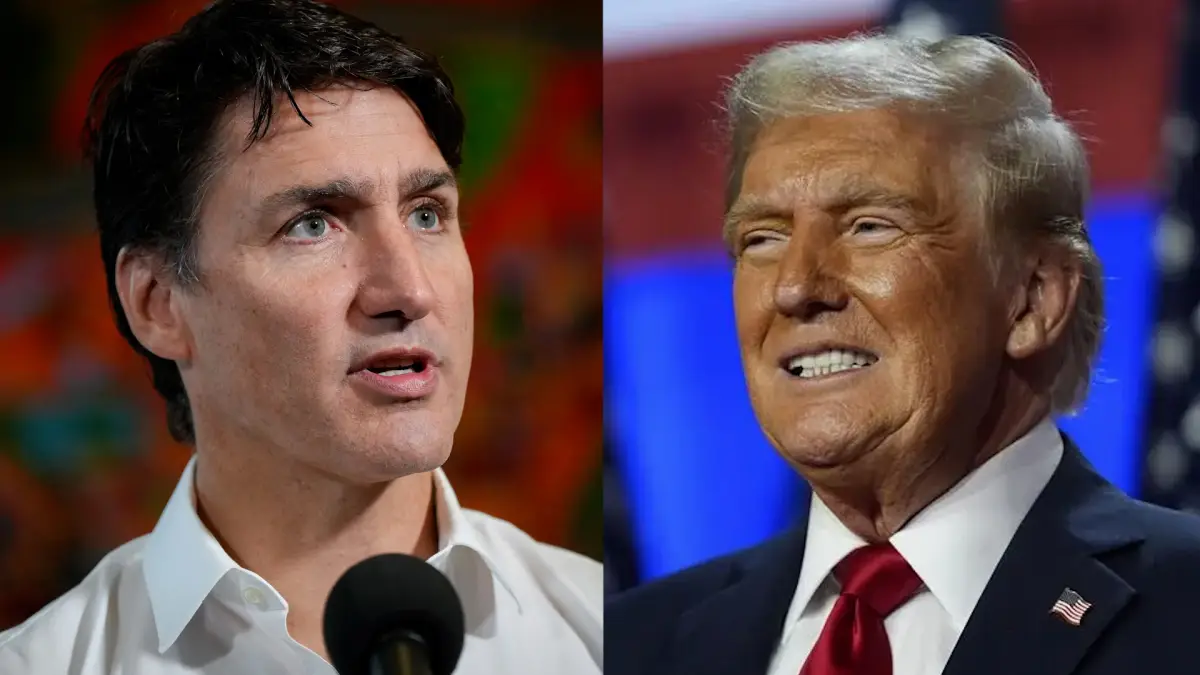
.jpg)
.jpg)
 (1).jpg)
 (1).jpg)
